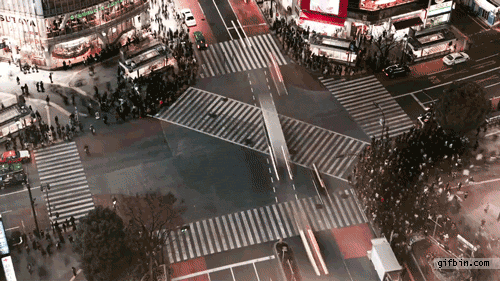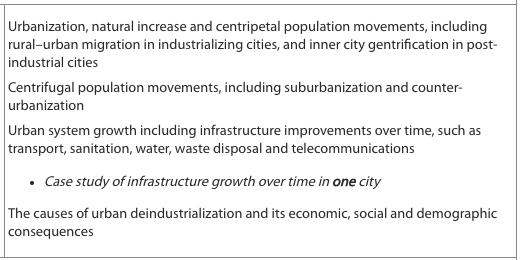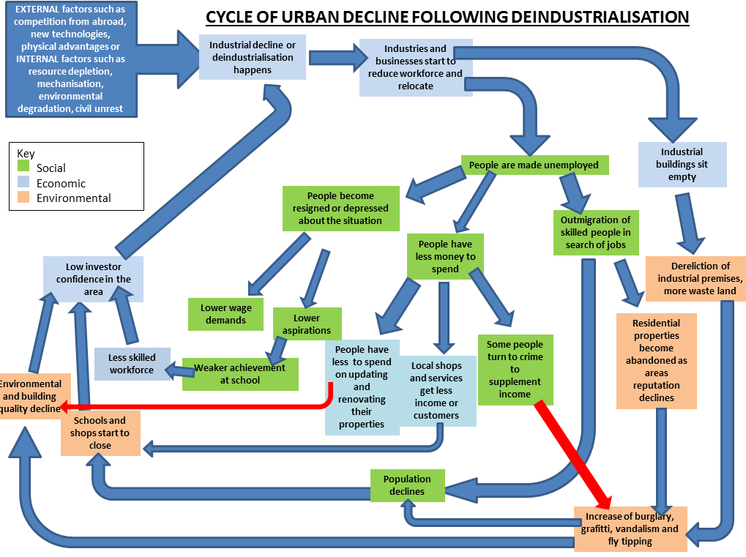2. Changing Urban Systems
Syllabus Link:
How economic and demographic processes bring change over
time to urban systems
Important Terms
Urban Movements
Centripetal Movements
Urbanization
|
|
|
|
Reading: 2/3 of worlds population will live in cities by 2050
UN Website: World urbanization facts
Reading: Urban growth and urbanization (from Geographycasestudy.com)
Visualization: Bright lights, big cities

Natural Increase
Rural-urban migration
China - Case study of rural-urban migration in an industrializing country
|
|
|
|
Activity: China rural-urban migration case study
Article: China - more than 100 cities now have over 1 million people
Article: Shanghai most popular city for migrants
Article: Toiling in Shanghai's shadows
Gentrification
|
|
|
|
Activity: Gentrification in post-industrial cities
Reading: Gentrification, re-urbanization & urban renewal
Article: What's driving gentrification?
Article: Gentrification hurting London middle class
|
|
|
|
|
|
|
Centrifugal Movements
Suburbanization & Counter Urbanization
|
|
|
|
|
Urban System Growth
|
|
|
Case study of infrastructure growth
Activities: Changing urban systems notes
Slides: Urban infrastructure in Singapore
Handout: Shanghai - A changing urban environment (from textbook pg 352)
|
|
|
Urban Deindustrialization
|
|
|
Detroit Case Study
Activity: Deindustrialization note taking
PPT: Detroit deindustrialization
Wiki: Decline of Detroit.
Interactive: Detroit - Anatomy of Decline (NY Times)
|
|
|
|


